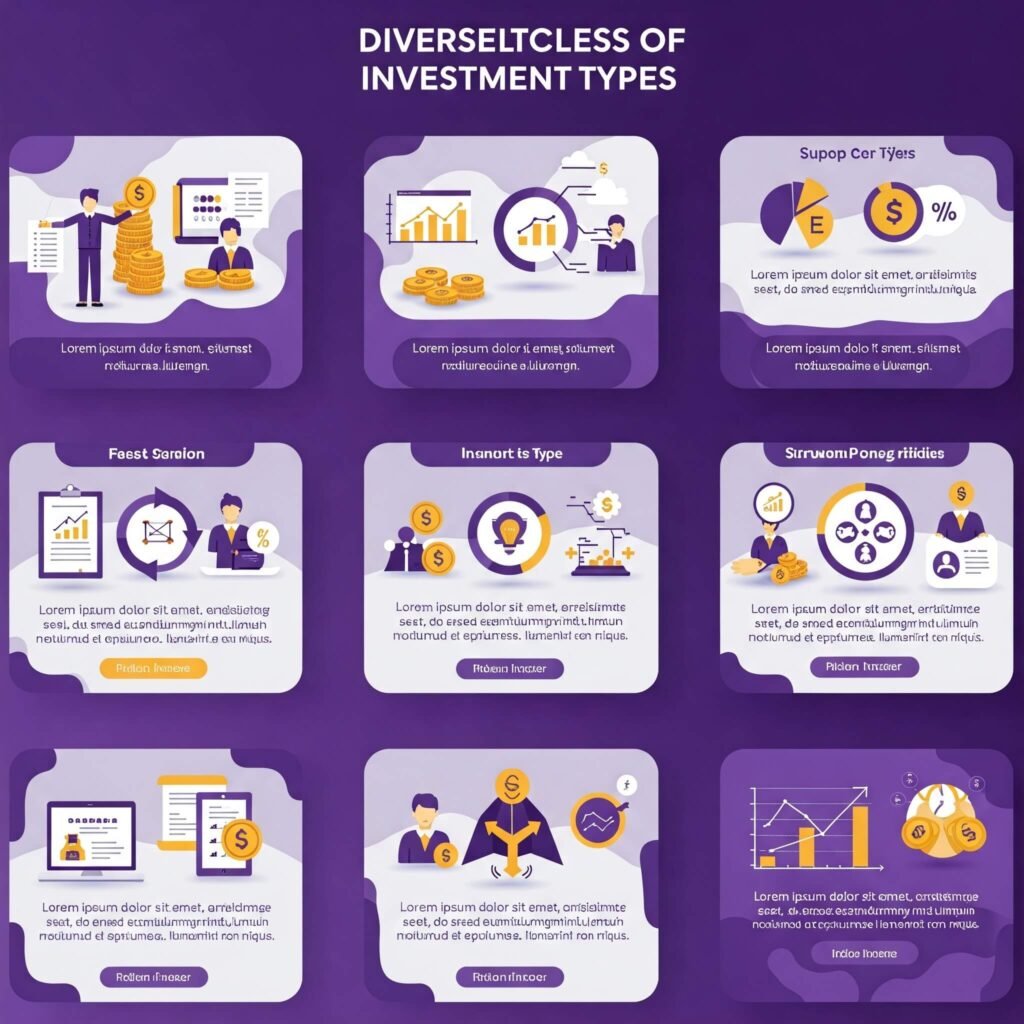Investing can seem intimidating, especially for women new to finance. However, you don’t need to be a Wall Street expert to start investing. Consequently, this guide on how to start investing as a woman simplifies the process into clear, actionable steps, even if you’re completely clueless about stocks, bonds, or budgets. Moreover, with confidence and the right knowledge, you can take charge of your financial future.

Why Women Should Start Investing Now
Investing isn’t just for men in suits. In fact, women are increasingly taking control of their finances, and for good reason. For instance, a 2021 Fidelity study found that women investors achieve slightly higher returns than men, averaging about 0.4% more annually. This is because women tend to be more patient and risk-averse, which pays off over time.
Here’s why how to start investing as a woman is critical:
- Close the wealth gap: Since women earn 82 cents for every dollar a man makes (U.S. Census Bureau, 2023), investing grows your money faster than savings.
- Financial independence: Whether it’s buying a home or retiring comfortably, investing builds wealth for your goals.
- Inflation protection: Moreover, savings accounts often lose value due to inflation, whereas investments like stocks or ETFs can outpace it.
Outbound link: U.S. Census Bureau on Gender Pay Gap

Step 1: Get Clear on Your Financial Goals
Before you begin how to start investing as a woman, first define why you’re investing. For example, are you saving for a vacation, a house, or retirement? Clearly defined goals keep you motivated.
How to Set Investment Goals
- Short-term (1-3 years): Save for a car or vacation with low-risk options like high-yield savings or bonds.
- Mid-term (3-10 years): Plan for a home down payment with a mix of stocks and bonds.
- Long-term (10+ years): Build wealth for retirement with stocks, ETFs, or real estate.
Actionable Tip: To start, write down one financial goal and estimate how much you’ll need. For instance, if you want $10,000 for a vacation in 3 years, you’ll know how much to invest monthly.
Step 2: Build a Money Foundation Before Investing
Investing is exciting, but don’t skip the basics. In other words, a solid financial foundation ensures you’re ready to invest without stress.
Must-Haves Before You Invest
- Emergency Fund: First, save 3-6 months of living expenses in a high-yield savings account (Ally Bank offers competitive rates).
- Pay Off High-Interest Debt: Next, tackle credit card debt with 15-20% interest, as it eats away at investment returns.
- Basic Budget: Finally, use apps like YNAB to track income and expenses.
Real-World Example: For example, Sarah, a 28-year-old teacher, paid off $5,000 in credit card debt before investing. As a result, she started with $50/month in a robo-advisor, growing her portfolio to $2,000 in two years.
Step 3: Learn the Basics of Investing
You don’t need a finance degree to master how to start investing as a woman. Instead, here’s a beginner-friendly breakdown of common investments:
- Stocks: Buying a piece of a company. Although risky, they offer high potential returns (e.g., Apple, Tesla).
- Bonds: Lending money to a company or government for steady, lower returns.
- ETFs/Mutual Funds: Baskets of stocks or bonds, ideal for diversification.
- Robo-Advisors: Automated platforms like Betterment that invest for you based on your goals.
Actionable Tip: If you’re overwhelmed, start with a robo-advisor. They’re low-cost and beginner-friendly, with fees as low as 0.25% annually.
Outbound link: Wealthfront

Step 4: Choose the Right Investment Platform
Selecting the right platform simplifies how to start investing as a woman. Therefore, here are top options:
- Robo-Advisors: Wealthfront or Betterment for hands-off investing.
- Brokerage Apps: Robinhood or Fidelity for DIY stock trading.
- Retirement Accounts: Open an IRA with Vanguard for tax-advantaged investing.
Pro Tip: Always compare fees and minimums. For example, Fidelity has no minimum for brokerage accounts, whereas Vanguard IRAs start at $1,000.
Outbound link: Robinhood
Step 5: Start Small and Stay Consistent
You don’t need thousands to begin investing. In fact, apps like Acorns let you invest spare change, while platforms like Fidelity allow fractional shares (e.g., buy $10 of Amazon stock).
Tips for Consistency
- Automate Investments: Set up monthly contributions to your account.
- Start Small: Even $25/month in an ETF can grow significantly over time.
- Diversify: Spread your money across stocks, bonds, and ETFs to reduce risk.
Data Point: For instance, investing $100/month at a 7% annual return could grow to $76,000 in 30 years, per the compound interest calculator at Investor.gov.
Overcoming Common Investing Fears for Women
Many women hesitate to invest due to fear of losing money or feeling “not smart enough.” However, here’s how to overcome those barriers:
- Fear of Loss: Start with low-risk options like bonds or robo-advisors.
- Lack of Knowledge: Read beginner-friendly books like The Simple Path to Wealth by JL Collins.
- Imposter Syndrome: Join women-focused investing communities like Ellevest for support.
Real-World Example: Take Maria, a 35-year-old nurse, who felt clueless about investing. After joining Ellevest’s free webinars, she started with $500 in a diversified portfolio. Consequently, two years later, her investment grew to $700.



































